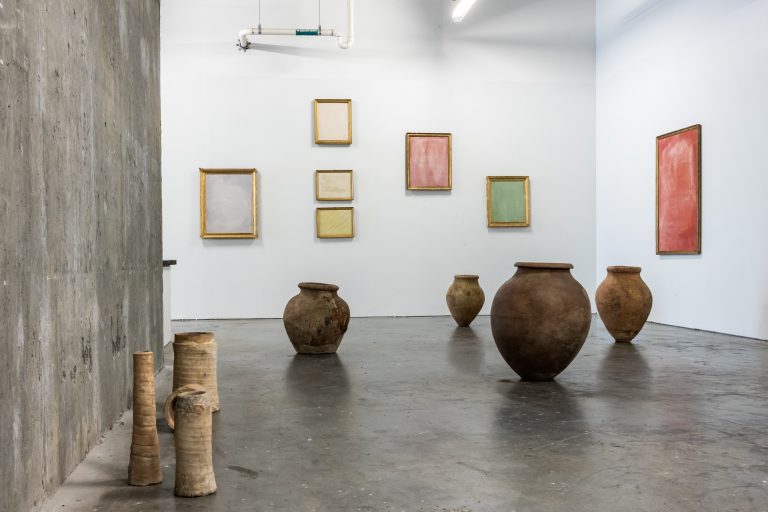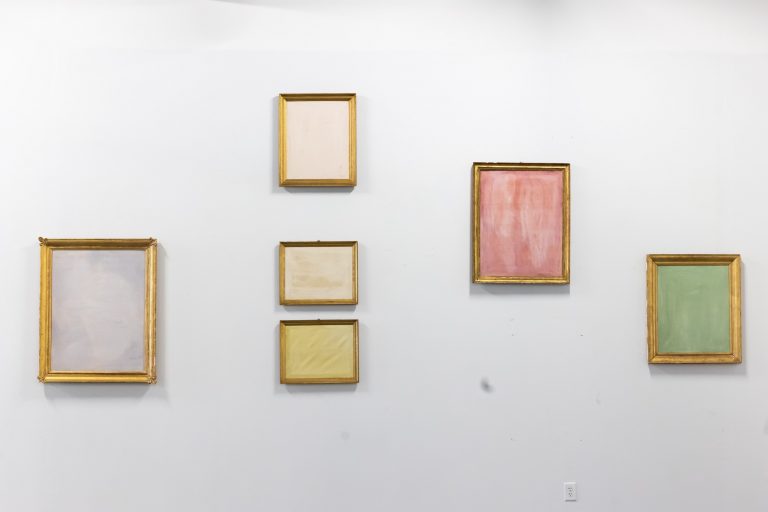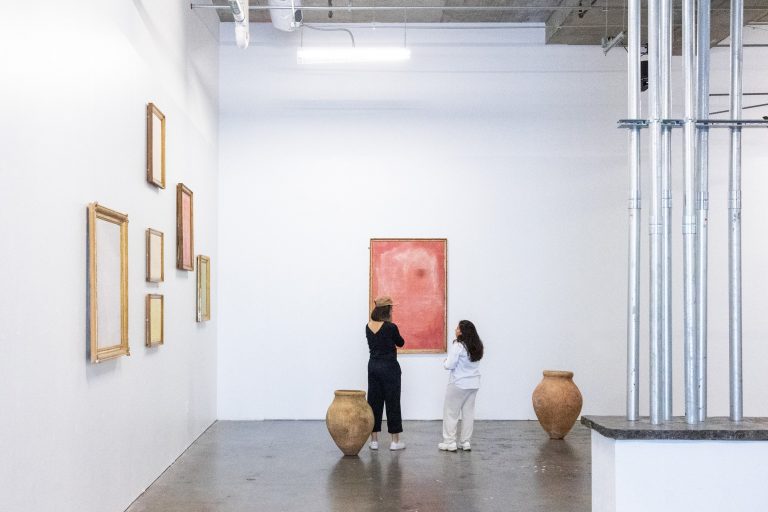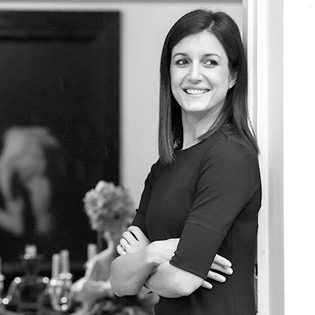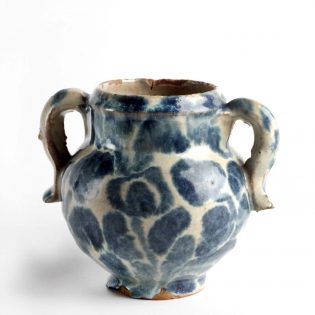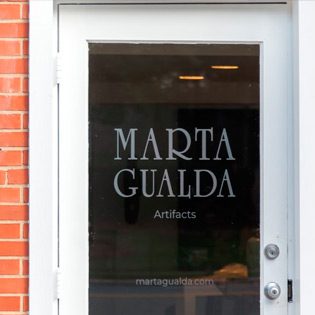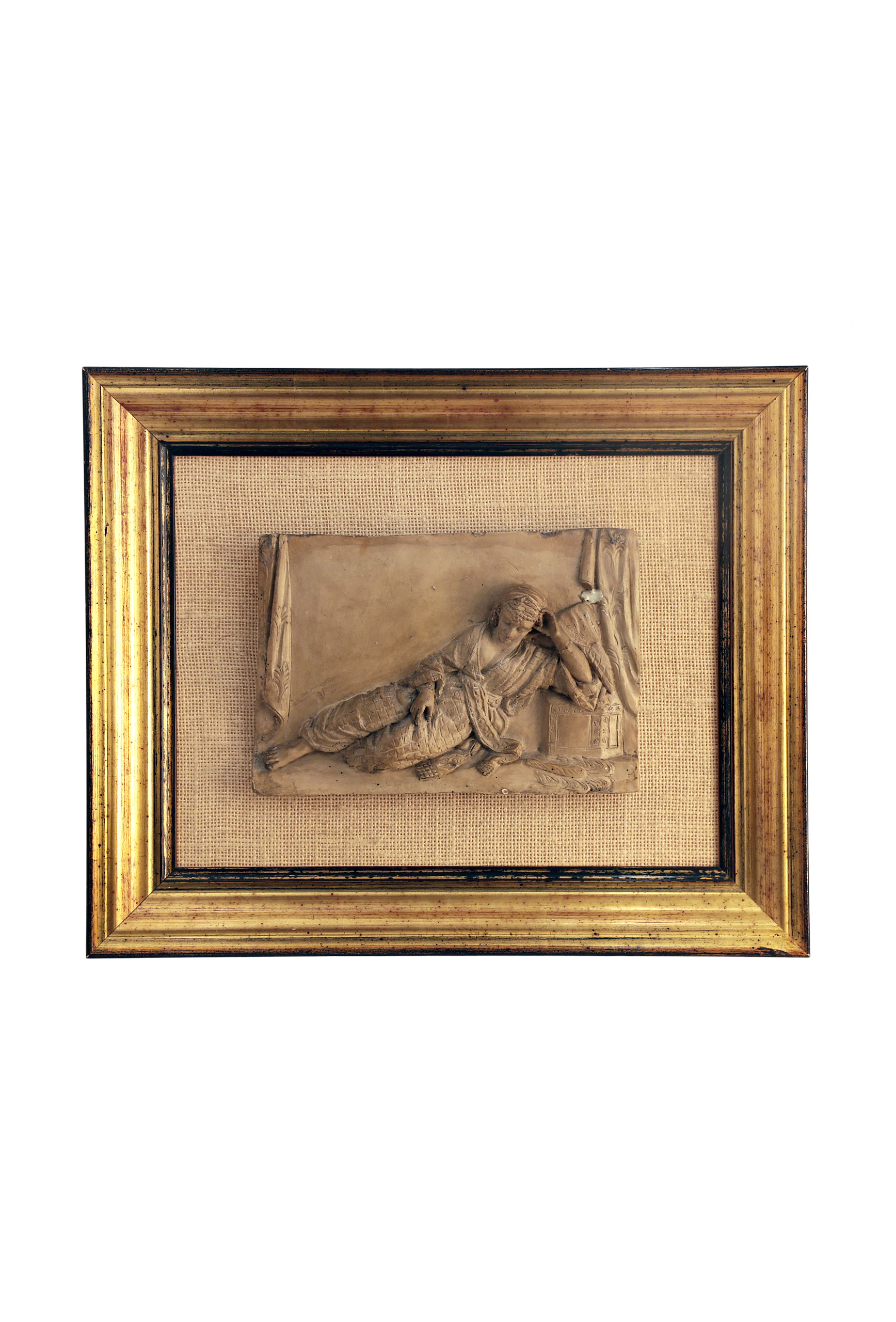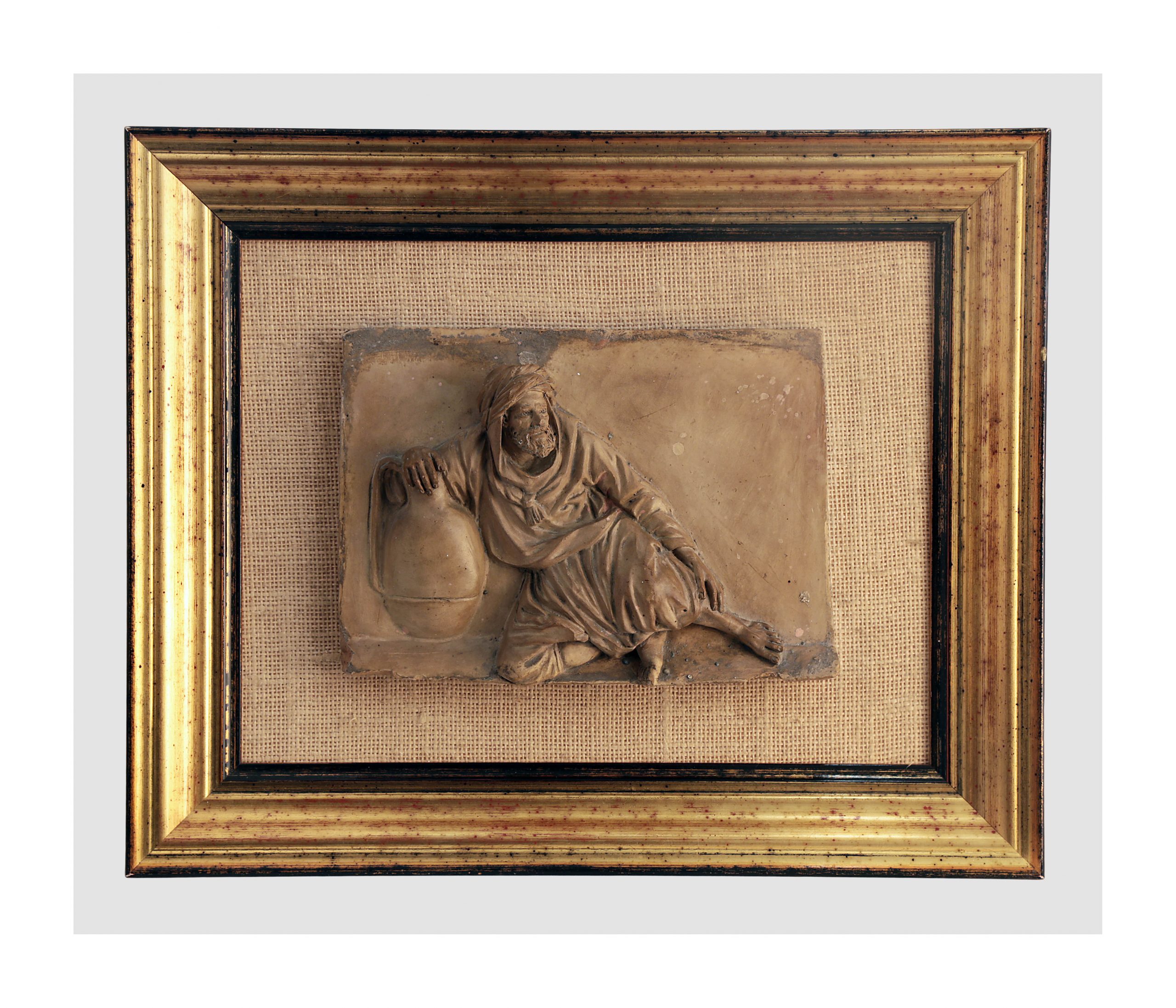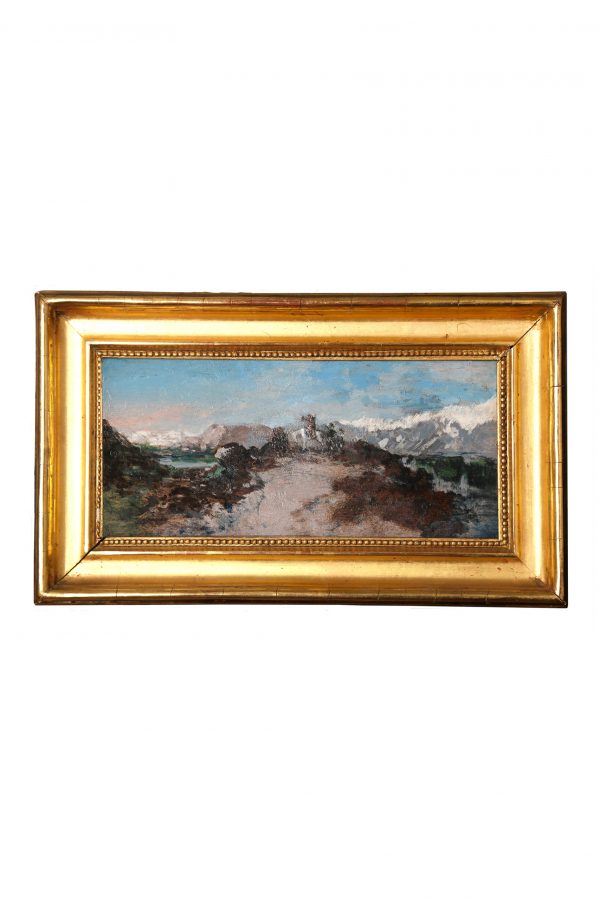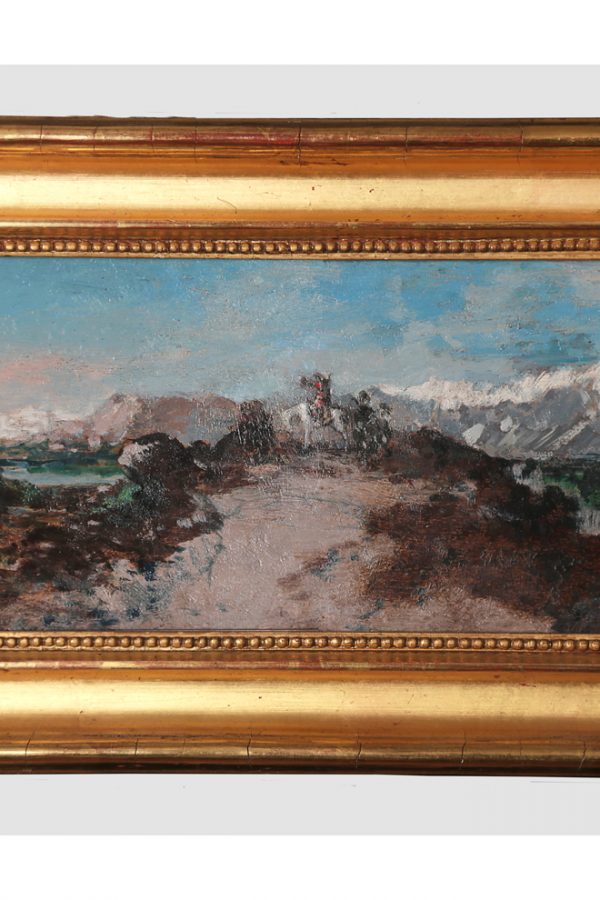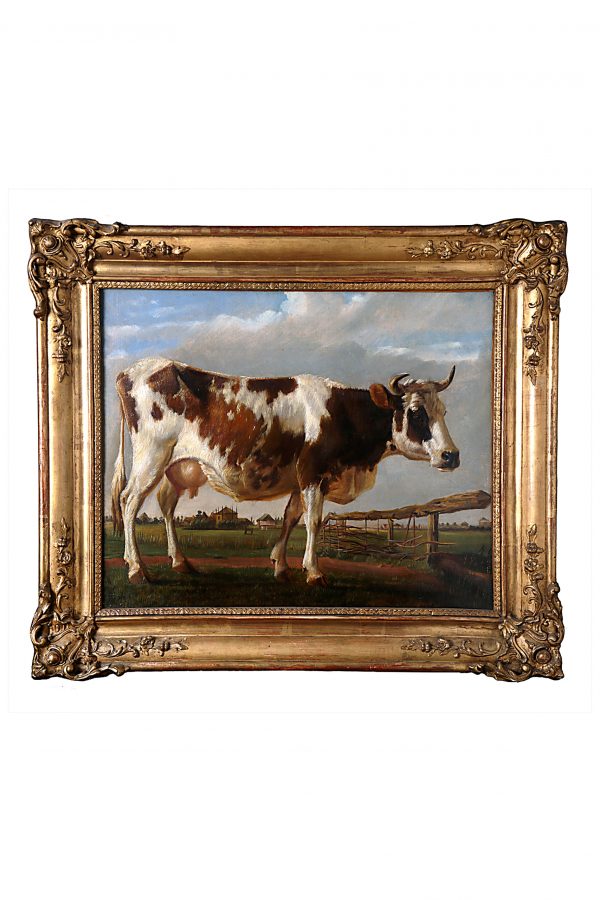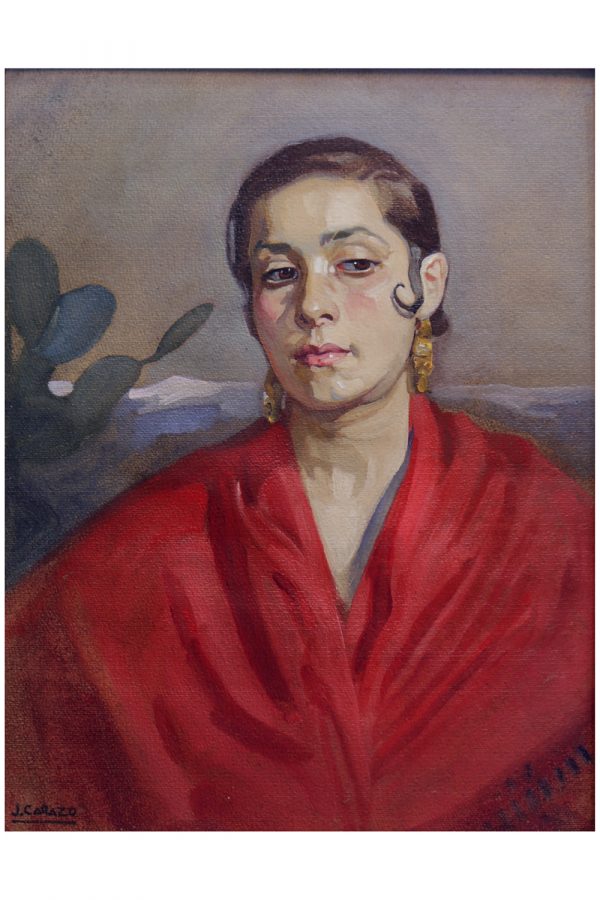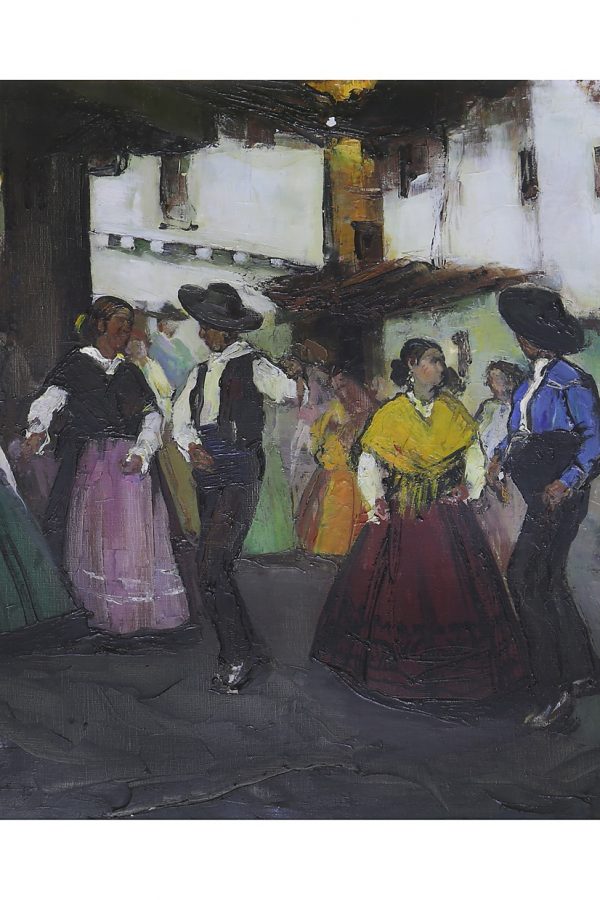Description
Orientalism
Orientalism must be understood as one of the currents that fed the European art of the 19th century, coinciding with the triumph of the capitalist bourgeoisie and the imperialist countries, especially England and France. Within the romantic rejection at the same time, a fantastic and free flight develops in time and space, towards antiquity and towards an east that extends from Spain to Russia, passing through North Africa and even reaching Japan. If the chinerías dominated the 18th century and Japonism dazzled the Impressionists, the Middle East will be the discovery of the full 19th century. Starting from the beautiful and unattainable odalisques of Ingres, with such pale skin and such elegant gestures that always lead to thinking of a captive Christian princess, never an Arab woman, the various pictorial schools will develop a whole new iconography that seeks to recreate in a fantastic way – since nothing is known about the East – a world forbidden to Westerners and full of attractions. Painters such as the French Bouguereau and Giraud will recreate exotic scenes with great detail, seeking to serve as a window to the unknown through an almost photographic reproduction that gives the narratives verisimilitude and spurs the imagination of the European viewer. Like Flaubert in Salammbo, painters make meticulous portraits of imagined orientations and pasts, recreated to the millimeter but ultimately unknown and idealized. During the second half of the 19th century, however, many of the artists who traveled to the Middle East in search of that invented reality discovered a different and new country, which stood out with its peculiarities above the clichés and prejudices of Europeans. Thus, this new orientalist school leaves behind the beautiful odalisques, the harems and the slave markets to paint nothing more than what they see, the real Orient in all its daily dimensions. Along with the change in vision comes a technical and formal change; Since it is no longer a matter of recreating an imagined world in all its details, the artists focus not so much on the expression of types and customs as on the faithful reflection of the atmosphere of the place, of the identity of the North African populations.

